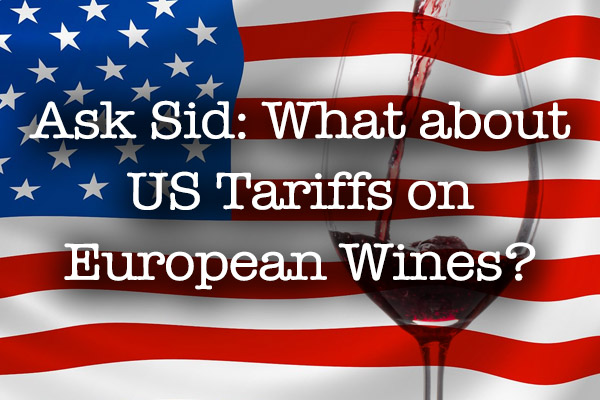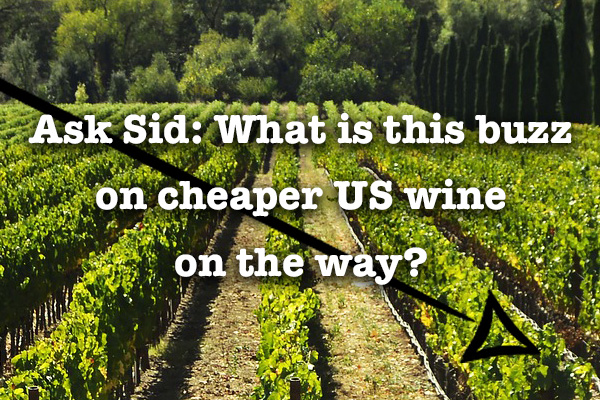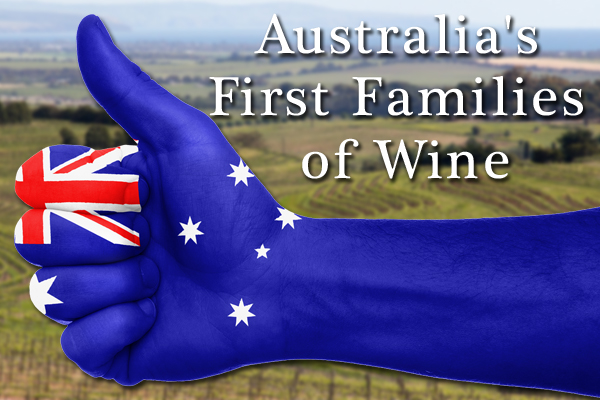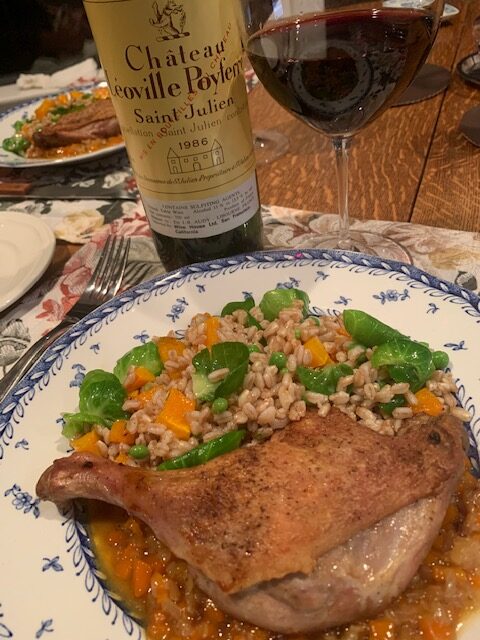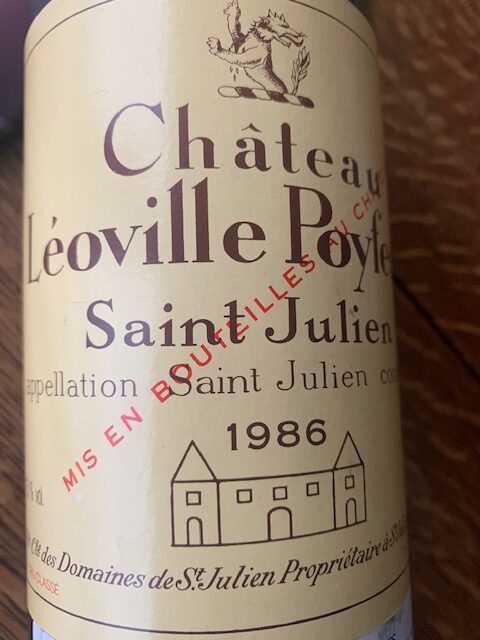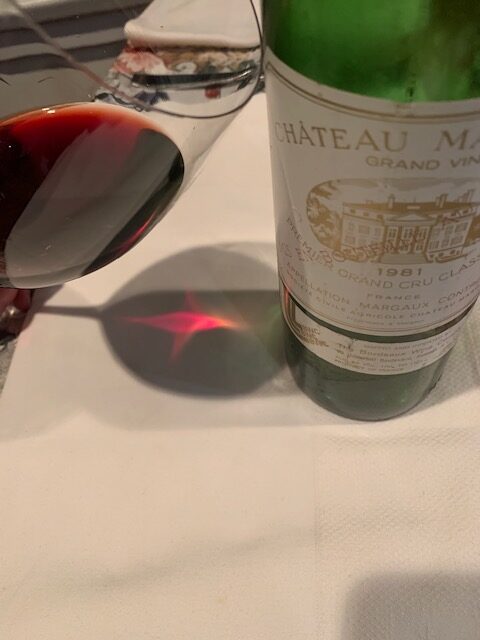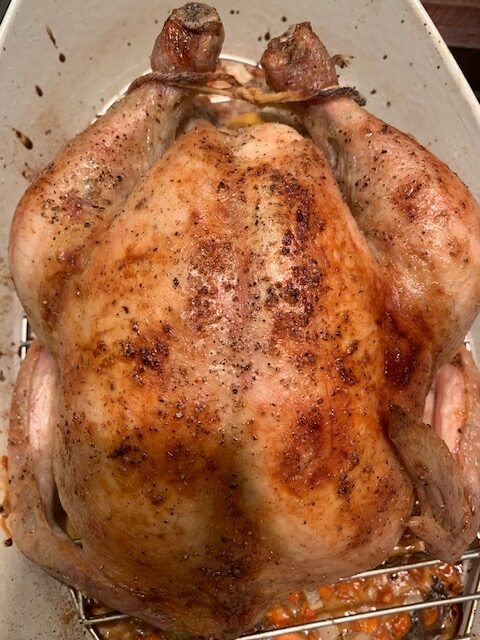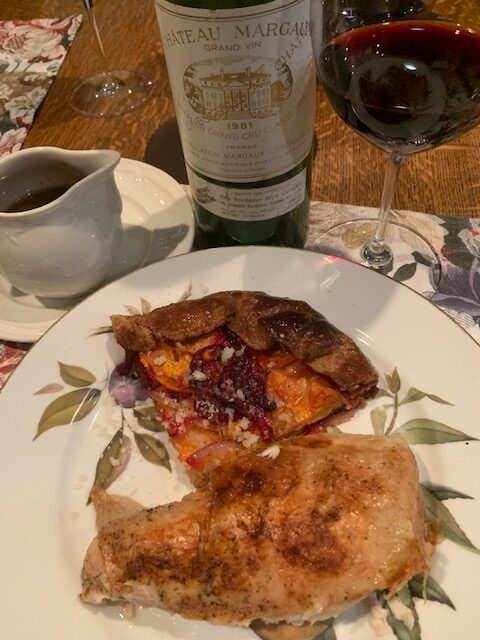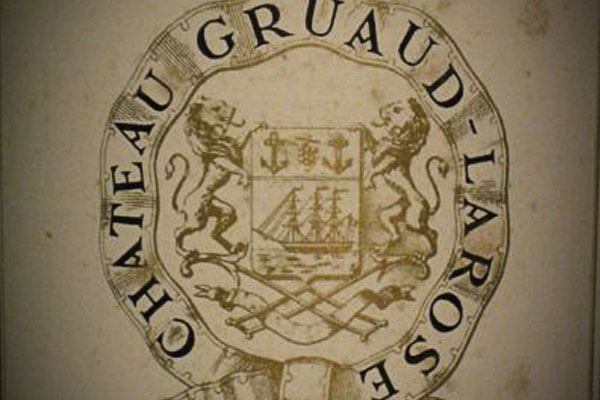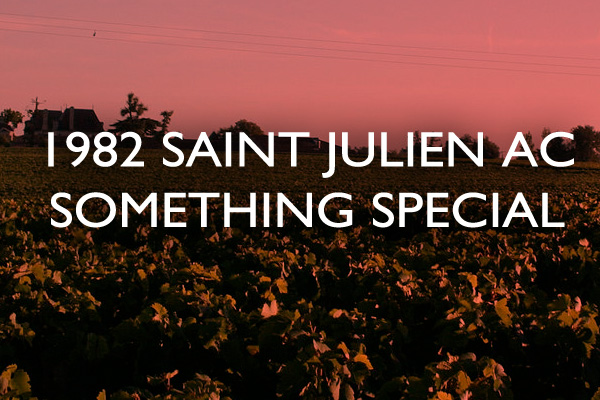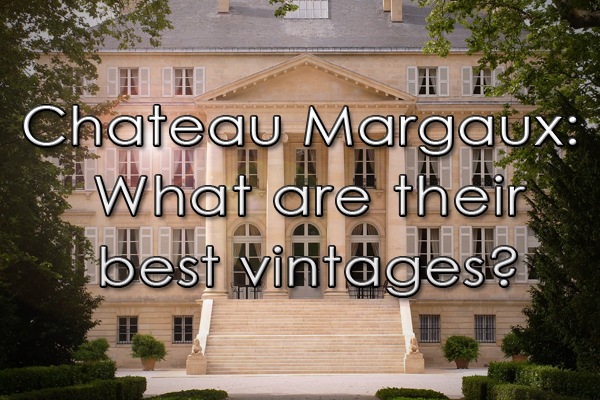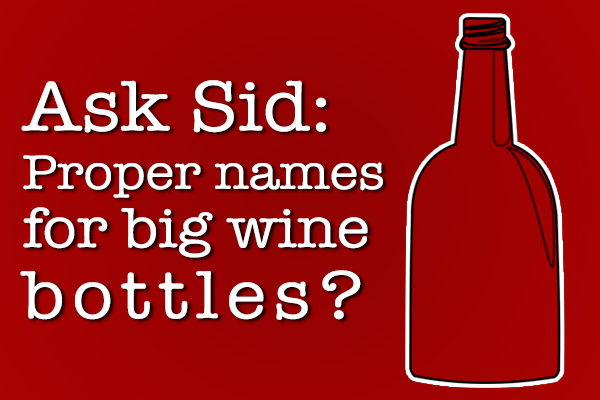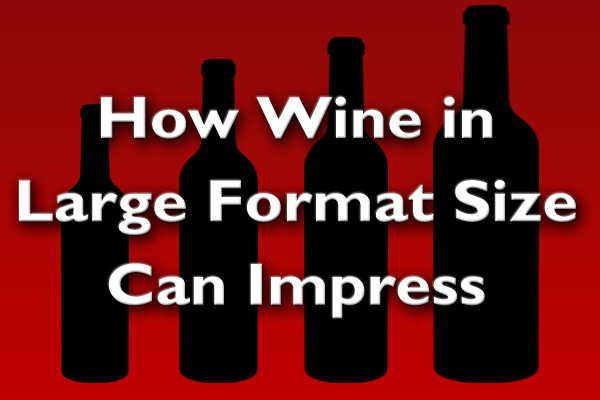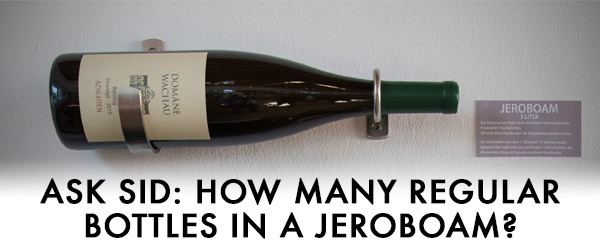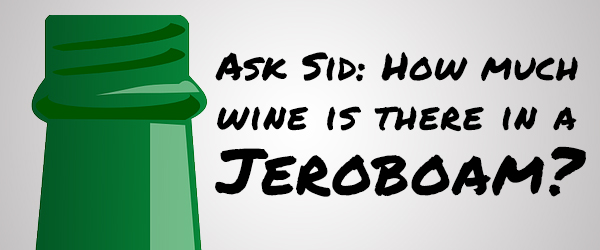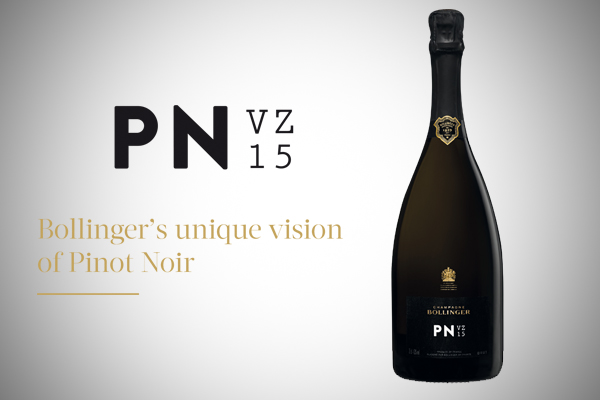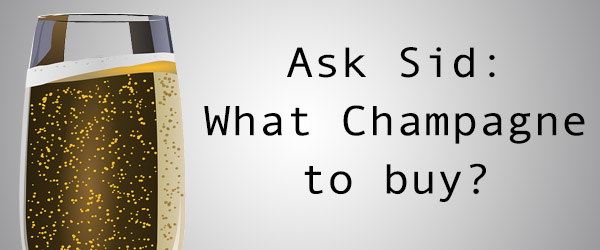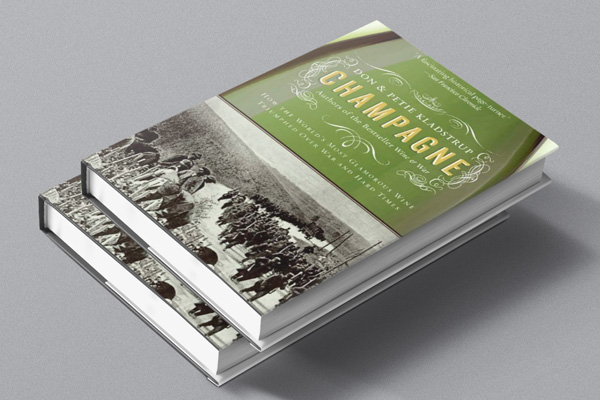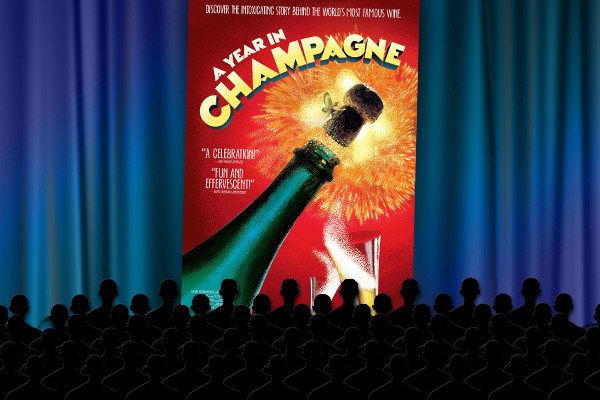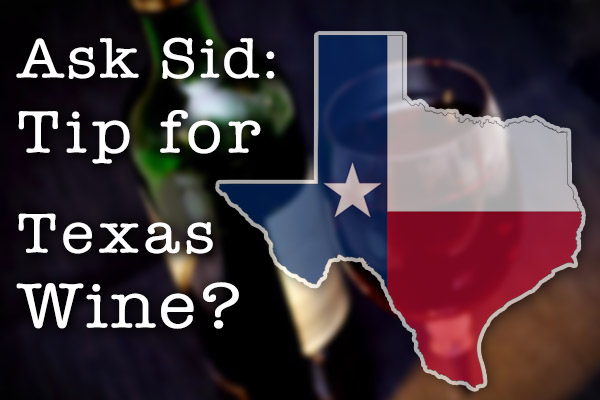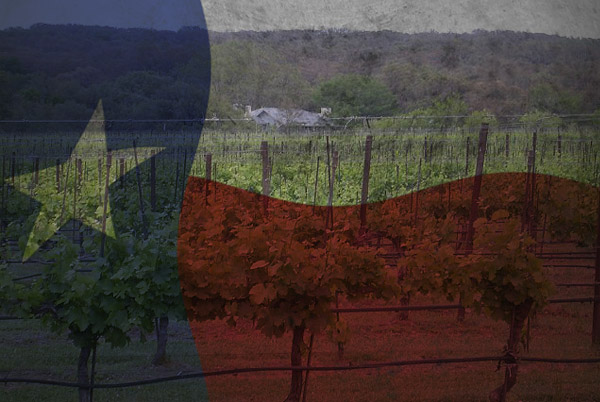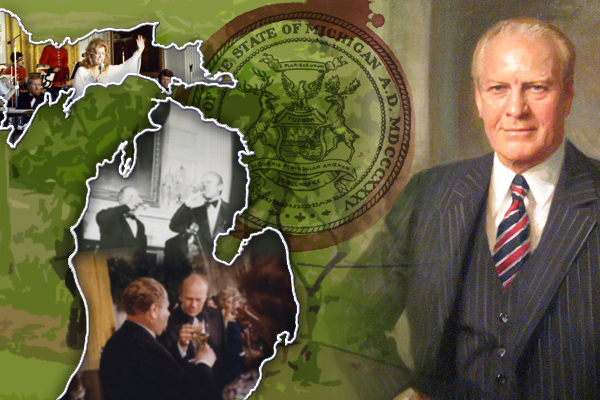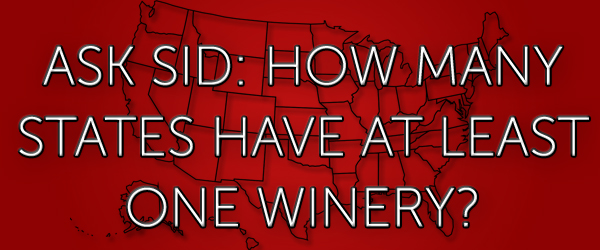 |  |

Question: What is happening with tariffs by China on Australian wines?
Answer: Trade tariffs on wine have been around for a long time. Last Fall USA imposed 25% (threatened to 100%) on still wines under 14 alcohol from France, Germany & Spain. With climate change you now can find imported Sancerre with higher than usual 14.1 alcohol to avoid this tariff and help lower American prices. However on November 28 China imposed tariffs ranging from 107% to 212% on Australian wine imports. According to Wine Australia China is their biggest wine export market at 39% of total exports by value. Remember that China has a rapidly expanding domestic wine production industry. Interesting to see the immediate strong ground swell of world political support for Australia against China’s alleged “authoritarian bullying”. Already a campaign has been launched to spur the world (including non-drinkers) to buy Australian wine during December as a sign of protest. This tariff war may have more far reaching universal impact than any other one and is worth monitoring closely.
You might also like: